Charles Alsheimer follows three bucks throughout their lives, noting at what age they reached their peak antler-growing potential.
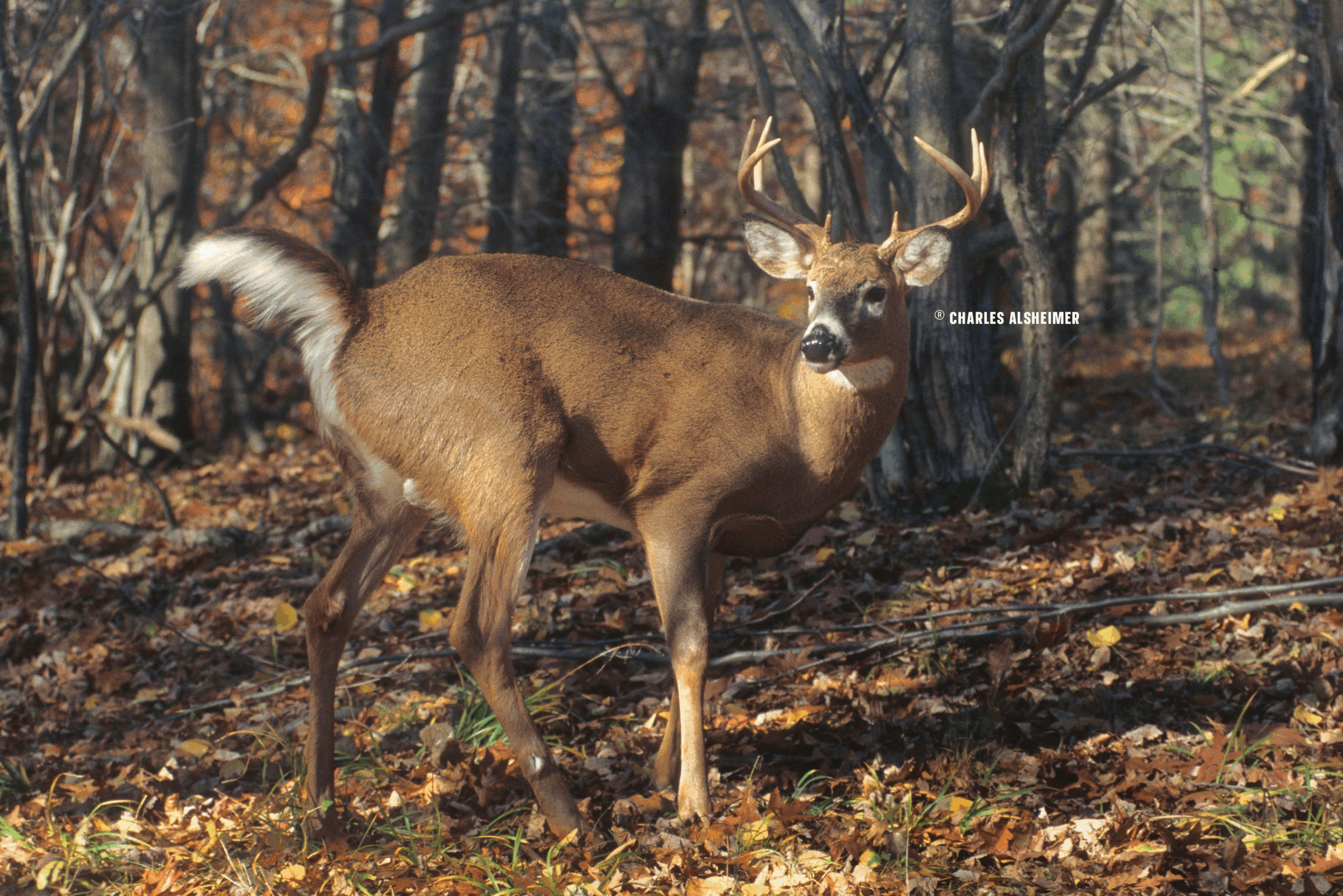

Charles Alsheimer follows three bucks throughout their lives, noting at what age they reached their peak antler-growing potential.
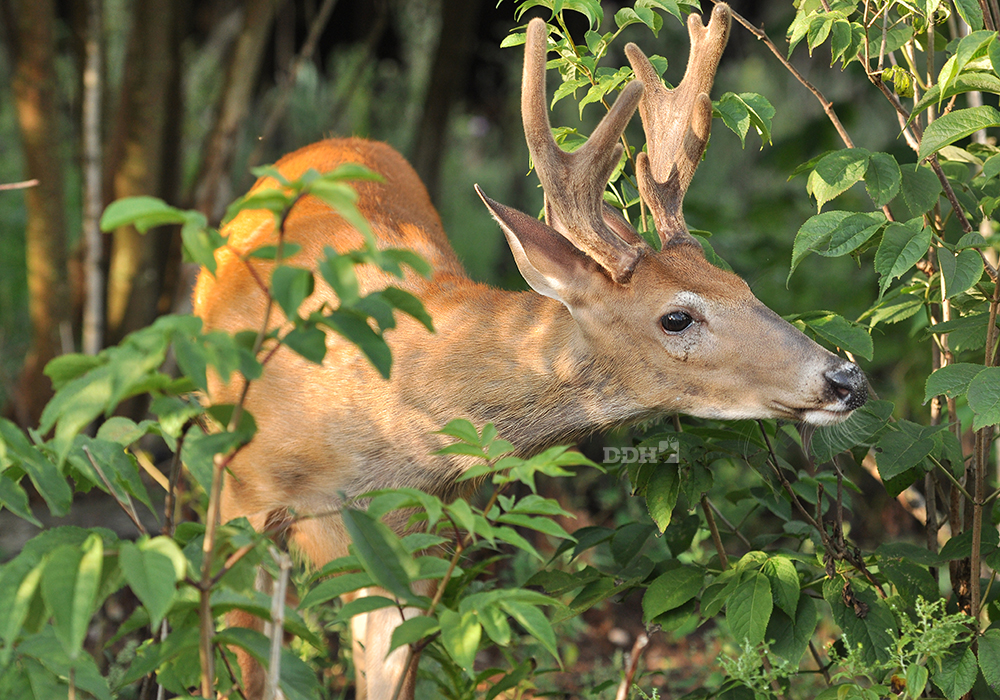
A closer look at the whitetail’s seasonal nutritional needs and feeding behavior.
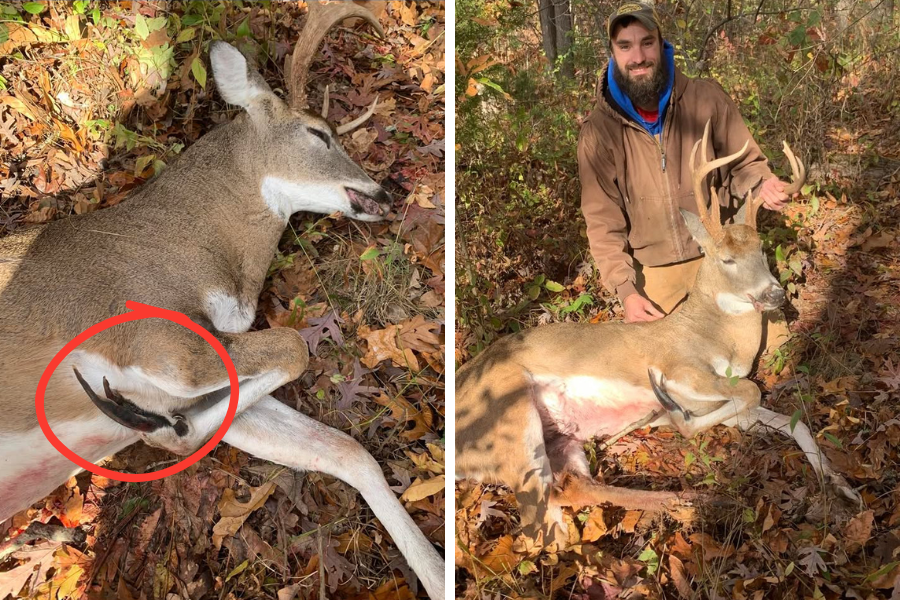
Find out what caused bizarre deformation, as well as some other conditions that look similar.
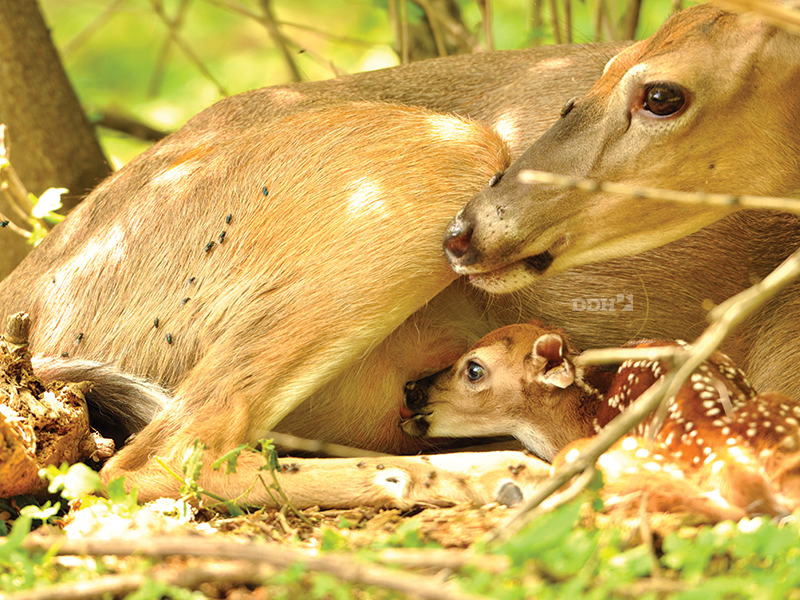
Here’s an in-depth look at what scientists know — and don’t know — and how the rut affects newborn fawns’ survival and physical development.
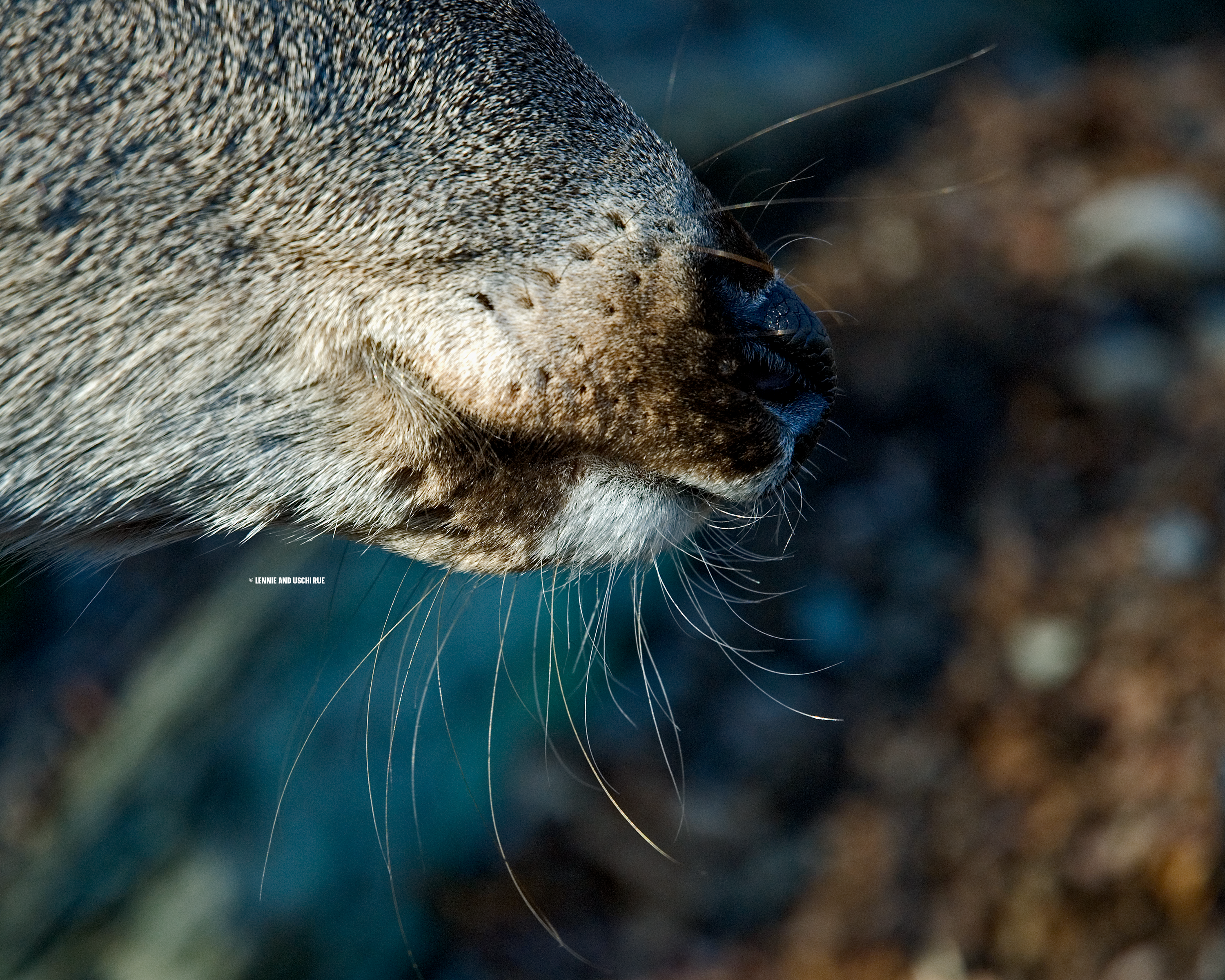
What is the purpose of the whiskers below a whitetail’s chin? Find out in this Rue’s Views article from November 2010.
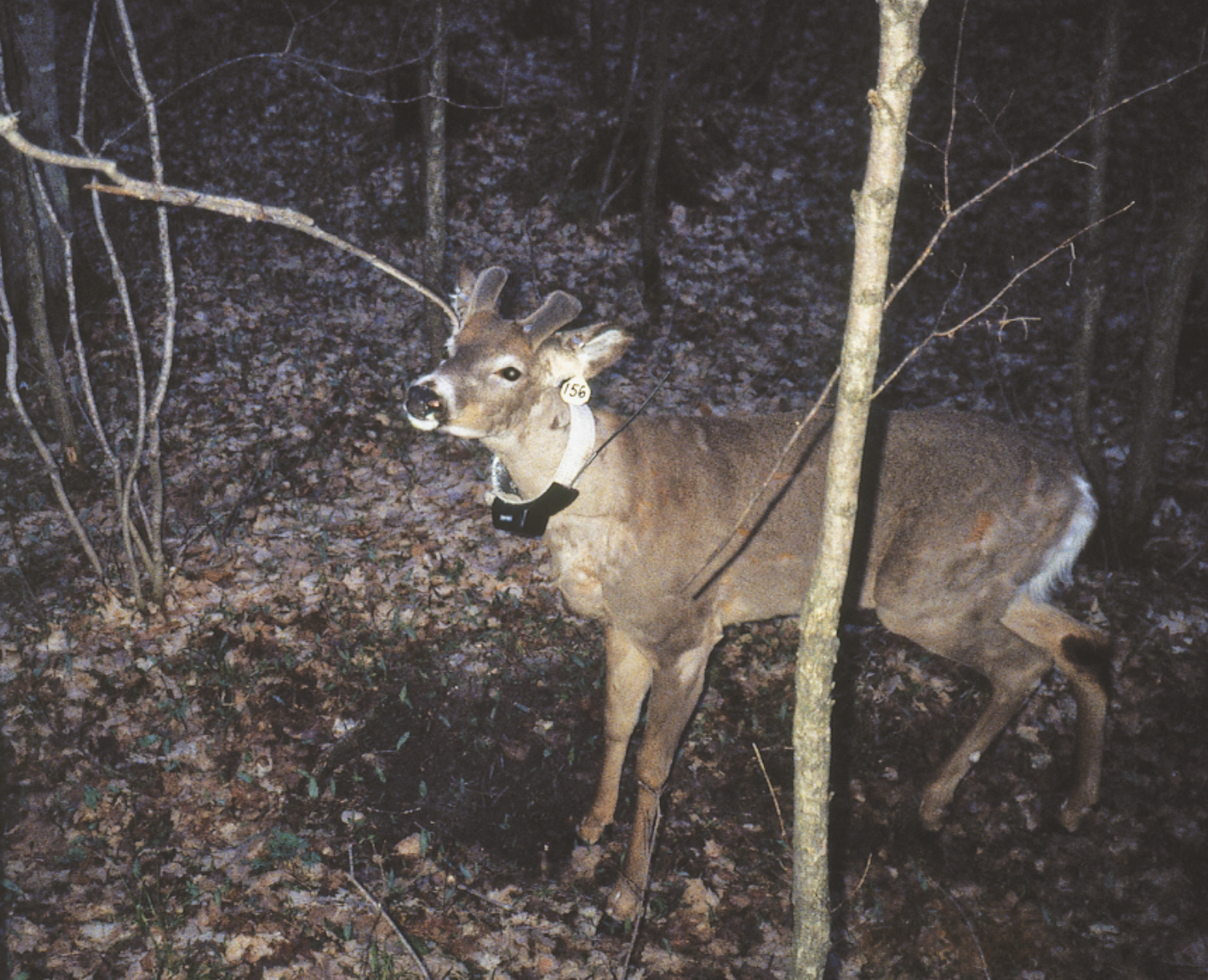
Whitetails use chemical signals for communication more than visual signs and vocalizations. Glandular secretions and body odors serve better in forested cover because they can be memorized and left on objects in the woods. They can identify the maker, permit scent-matching marks and produce long-lasting messages that continue to work in the maker’s absence. […]
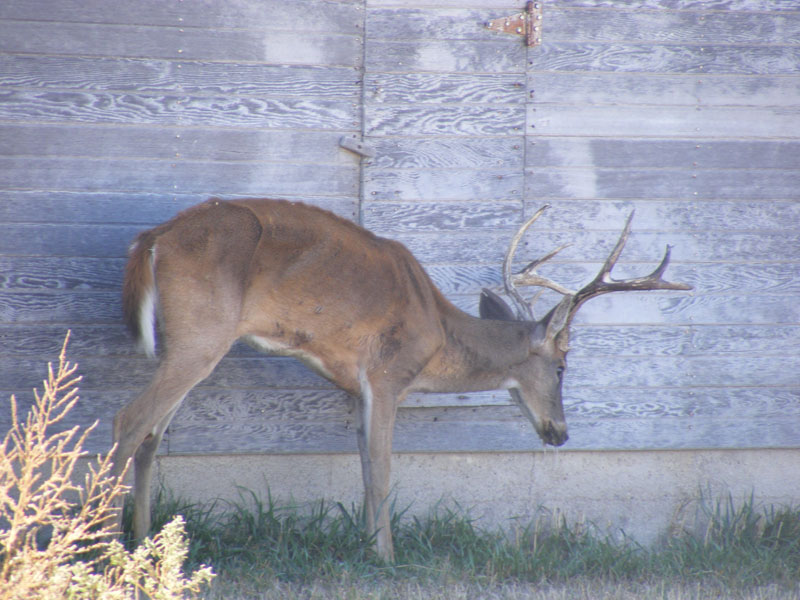
There is a battle over chronic wasting disease taking place in the world of scientific deer management. Some are convinced that the battle is over, others argue that things aren’t that simple.
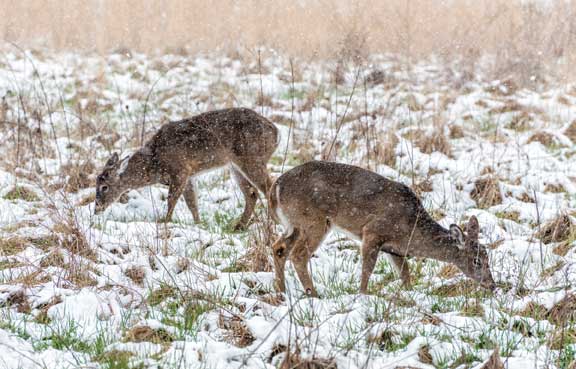
No matter the region, winter is an extremely stressful time for whitetails — even in the South. But while most of us think of January or February as being the most difficult months for deer — March is often the most stressful time of year.
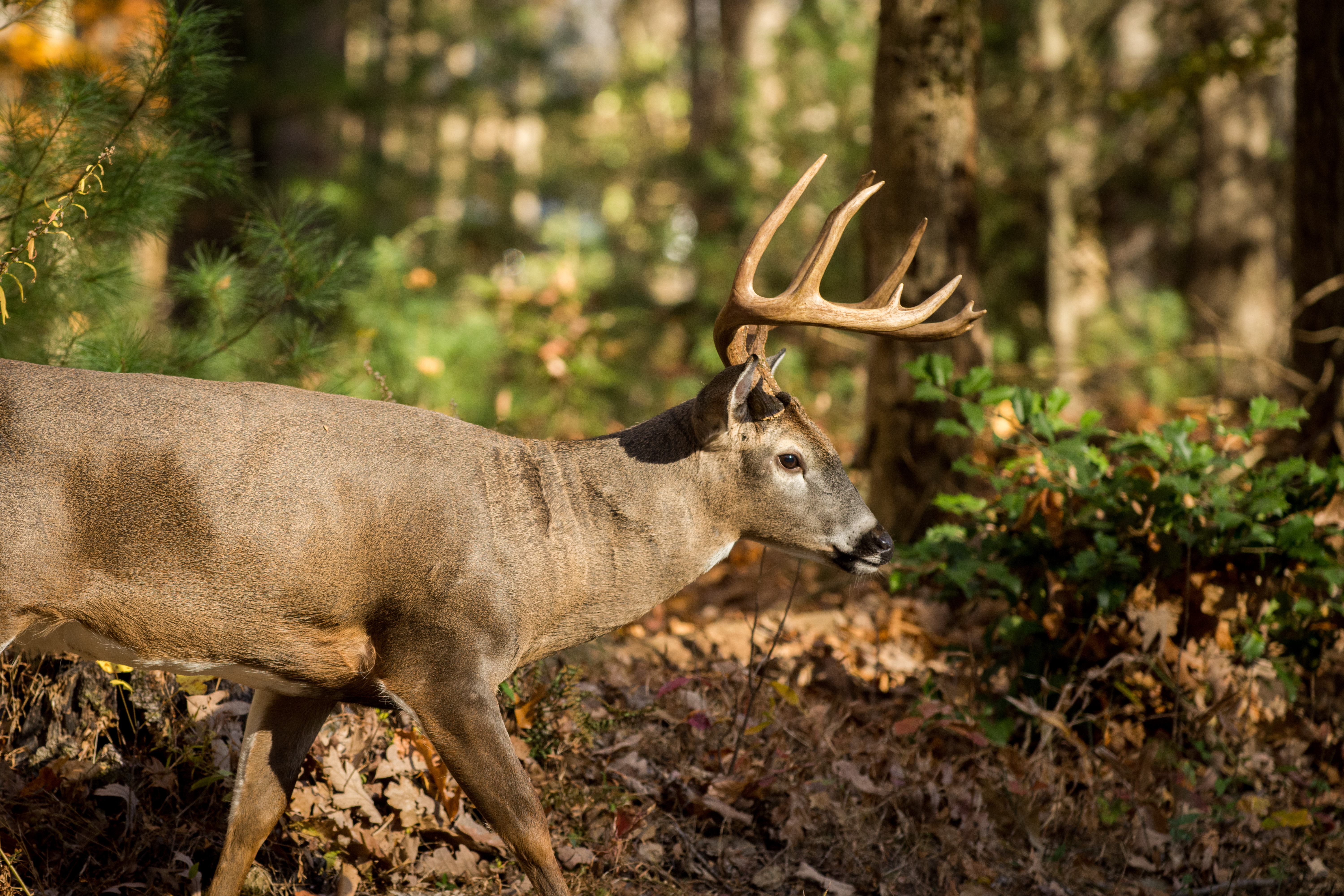
Timing the “drip rut” of the Southern whitetail breeding season differs from the Midwest and Northern predictions, but these suggestions can help you decide when to be in the stand.
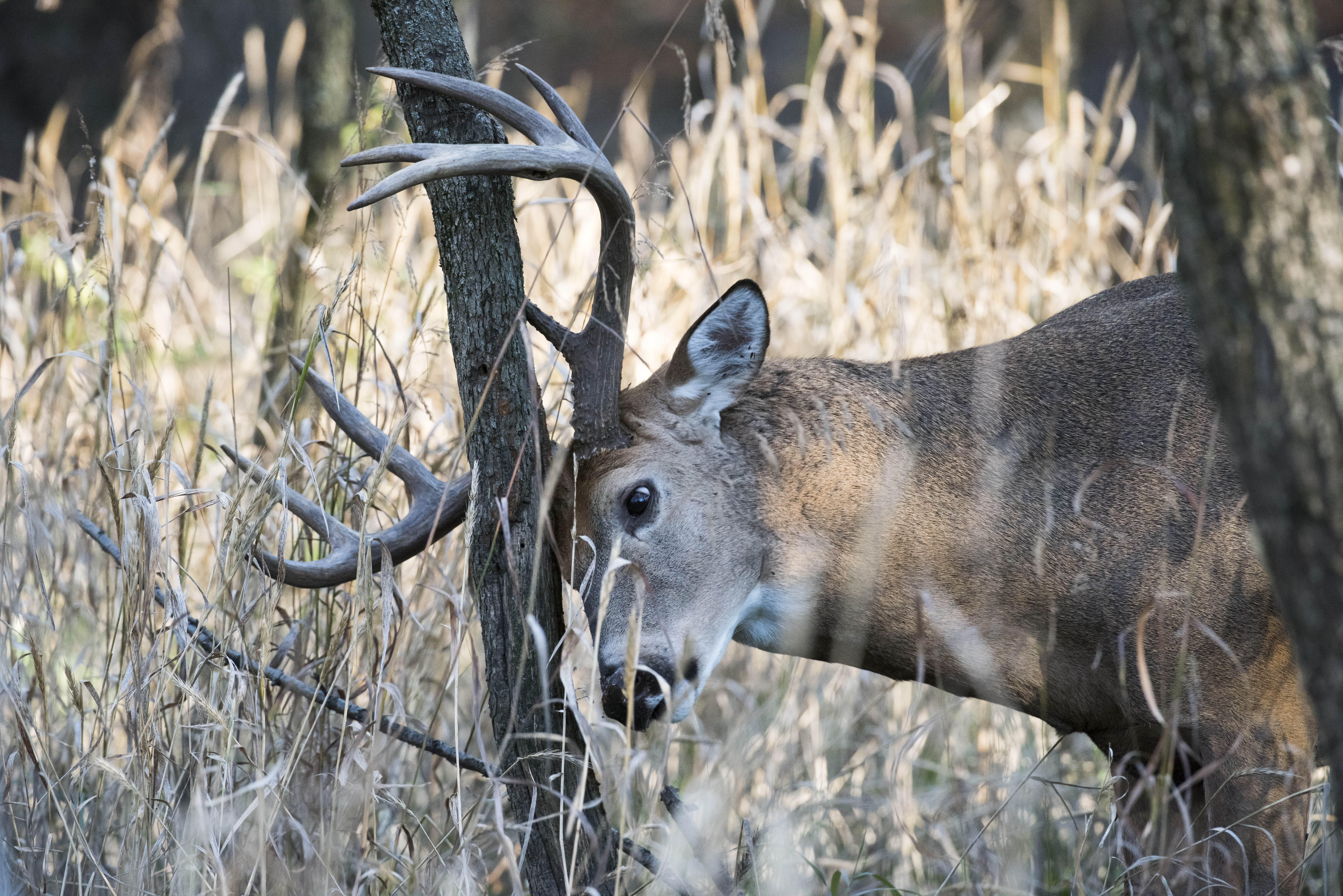
Here’s an in-depth look at what years of scientific research have revealed about buck rubs: The rut’s most visible signpost. A mature buck in rut, deprived of favorable tree stems for rubbing, will rub just about any type and size of tree — even fence posts and utility poles. However, scientific literature indicates bucks […]